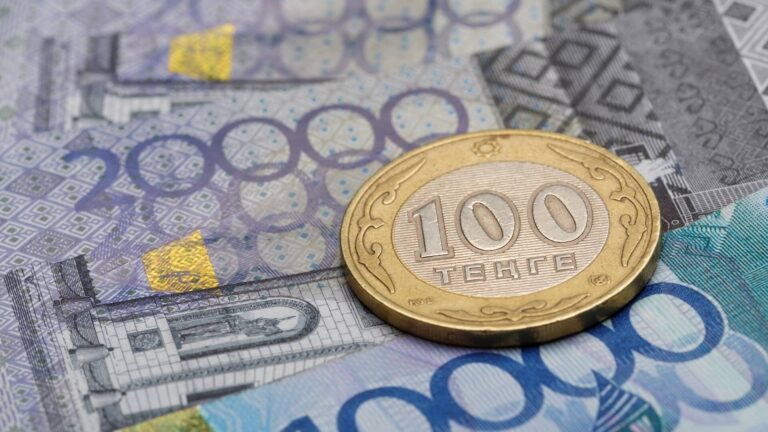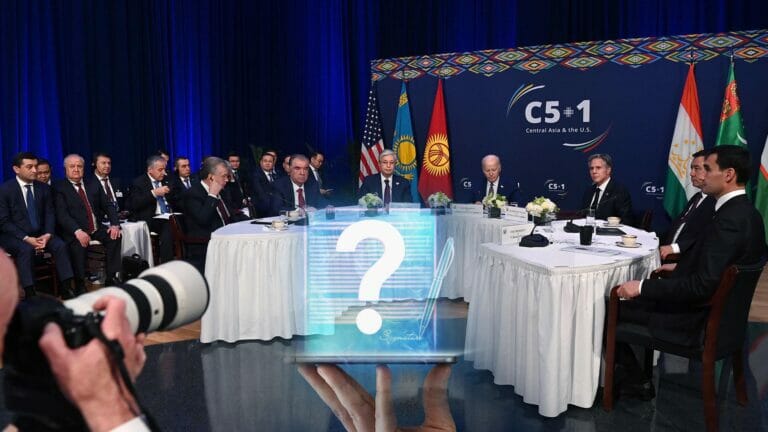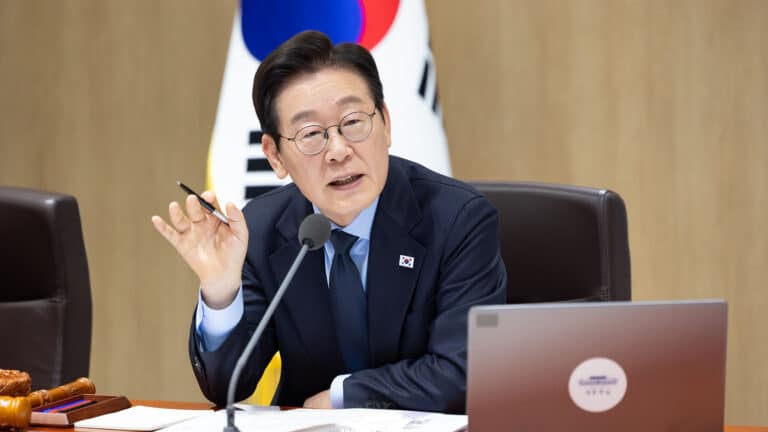
According to Energy Minister of Kazakhstan Almasadam Satkaliyev, Kazakhstan and Uzbekistan want to export their green energy to Europe via Azerbaijan. The cost of the project will be revealed by the end of this year.
«We are talking about quite a big amount of investments. Kazakhstan and Uzbekistan can export 7 and 5 gigawatts, respectively. I mean, this is the entire wind potential of the Caspian Plain and the Aral Sea area. We are already preparing the feasibility study. This work is expected to be done by the end of this year. We will better understand the project’s timeline once the feasibility study is done,» he told journalists.
The official recalled that authorized agencies from Kazakhstan, Azerbaijan and Uzbekistan have agreed to cooperate in the sphere of green energy. They discussed the idea of exporting electricity to promising markets during their negotiations on the sidelines of an economic summit in Tashkent.
«We’ve already talked with some European countries and they confirmed that they’re interested in purchasing green energy. All three states – Azerbaijan, Kazakhstan and Uzbekistan – agreed to cooperate in laying a high-voltage cable on the bottom of the Caspian Sea to export their green energy to premium markets. Azerbaijan is already examining the technical details of the project,» the minister noted.
In November 2023, the Ministry of Energy of Kazakhstan reported that Kazakhstan, Azerbaijan and Uzbekistan agreed to prepare a statement of work for the project related to the export of green energy from Central Asia to Europe via Azerbaijan and establish a joint venture. This arrangement was reached during a meeting of energy and economy ministers from Azerbaijan, Uzbekistan and Kazakhstan in Baku.
After the meeting, heads of energy ministries underlined the great potential of their countries in the sphere of renewable energy and their readiness to join the green energy export project in a joint communique.
On May 1, energy ministers from Kazakhstan, Azerbaijan and Uzbekistan met in Tashkent to sign a memorandum on connecting the energy systems of the three states. Under the arrangements, the partners are going to lay the high-voltage cable on the bottom of the Caspian Sea and via the territory of any other country to make the export of green energy from Azerbaijan, Kazakhstan and Uzbekistan possible.
The memorandum also suggests that all the interested parties thoroughly review the project and decide what the key conditions of the project should look like. As Satkaliyev noted, the project’s statement of work should also include a business model for the development of international electric transmission corridors and for the sale of green energy to Europe.
In February, the energy minister of Kazakhstan approved a plan to launch a series of wind power stations with a combined capacity of 9 gigawatts until 2035.
The five biggest wind power stations (WPS) will account for 5 gigawatts of this green energy. Five foreign companies – Masdar, Total Energies, AcwaPowerCompany, HEVEL and CPIH – will each build one-gigawatt WPSs by 2028.
All five projects are expected to be financed through investment agreements which require setting a tariff for regular consumers accepted by authorities.
By 2030, eight more WPS with capacities from 200 to 1,100 megawatts will be commissioned in several regions of the country. To implement these projects the government will conduct auctions for investors who are expected to offer the lowest tariff. For instance, in November 2023, authorities revealed that a 20-megawatt solar power station would be built for $0.032 per kilowatt-hour, although the initial price was $0.079 per kilowatt-hour.
In 2023, renewable energy sources accounted for less than 6% of electricity produced in Kazakhstan. The country wants to boost its share of alternative energy sources to 15% by 2030 and 50% by 2050.
In April, the government suggested replacing USD, which had been used for green electricity tariff indexation for years, with any other foreign currency.













